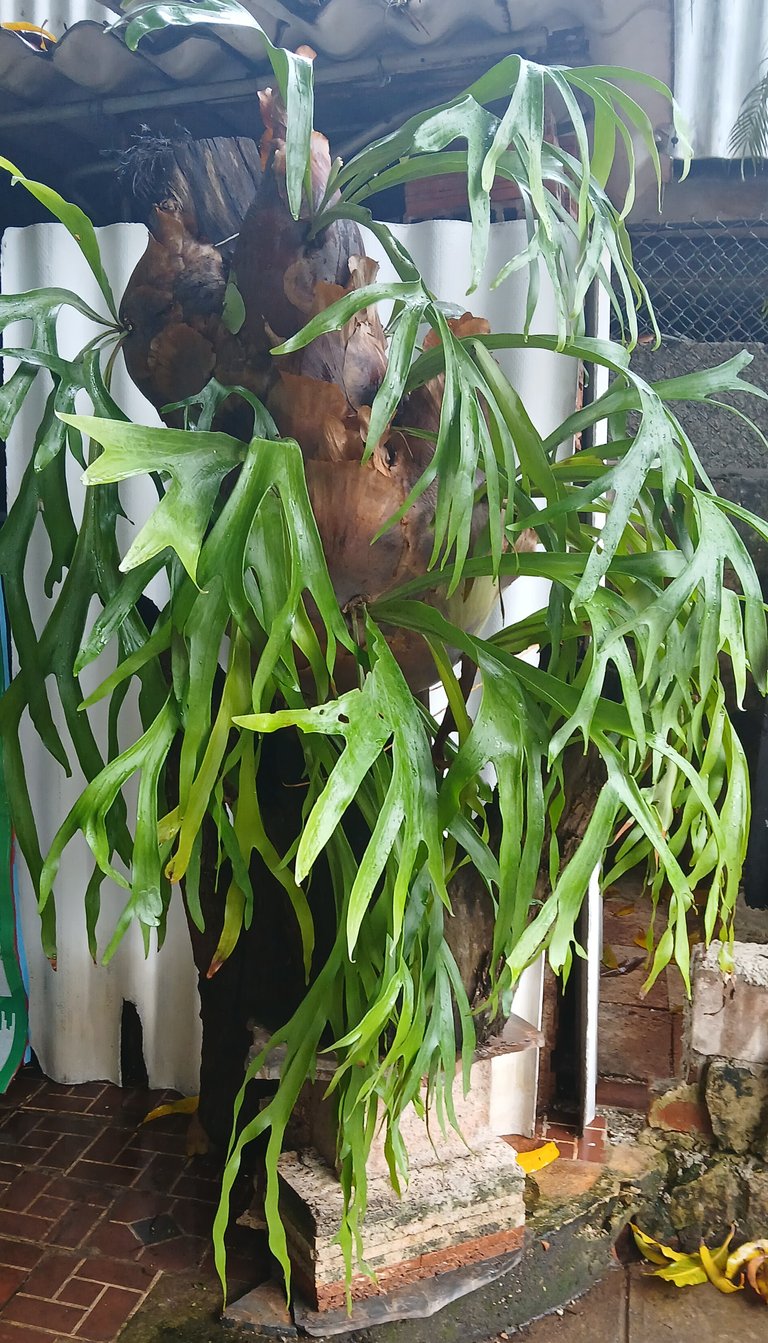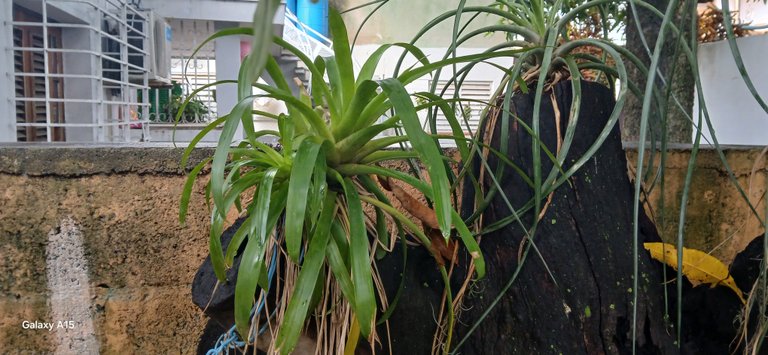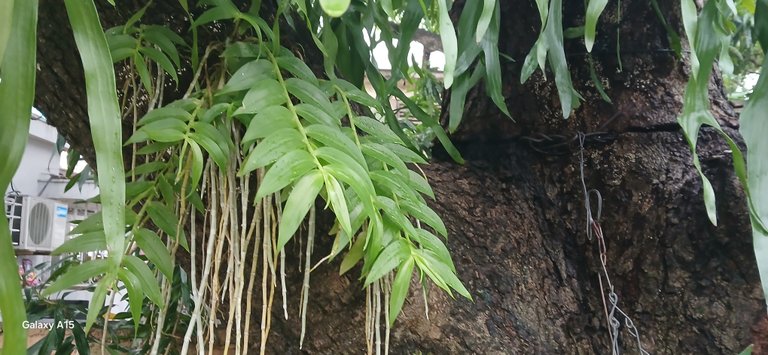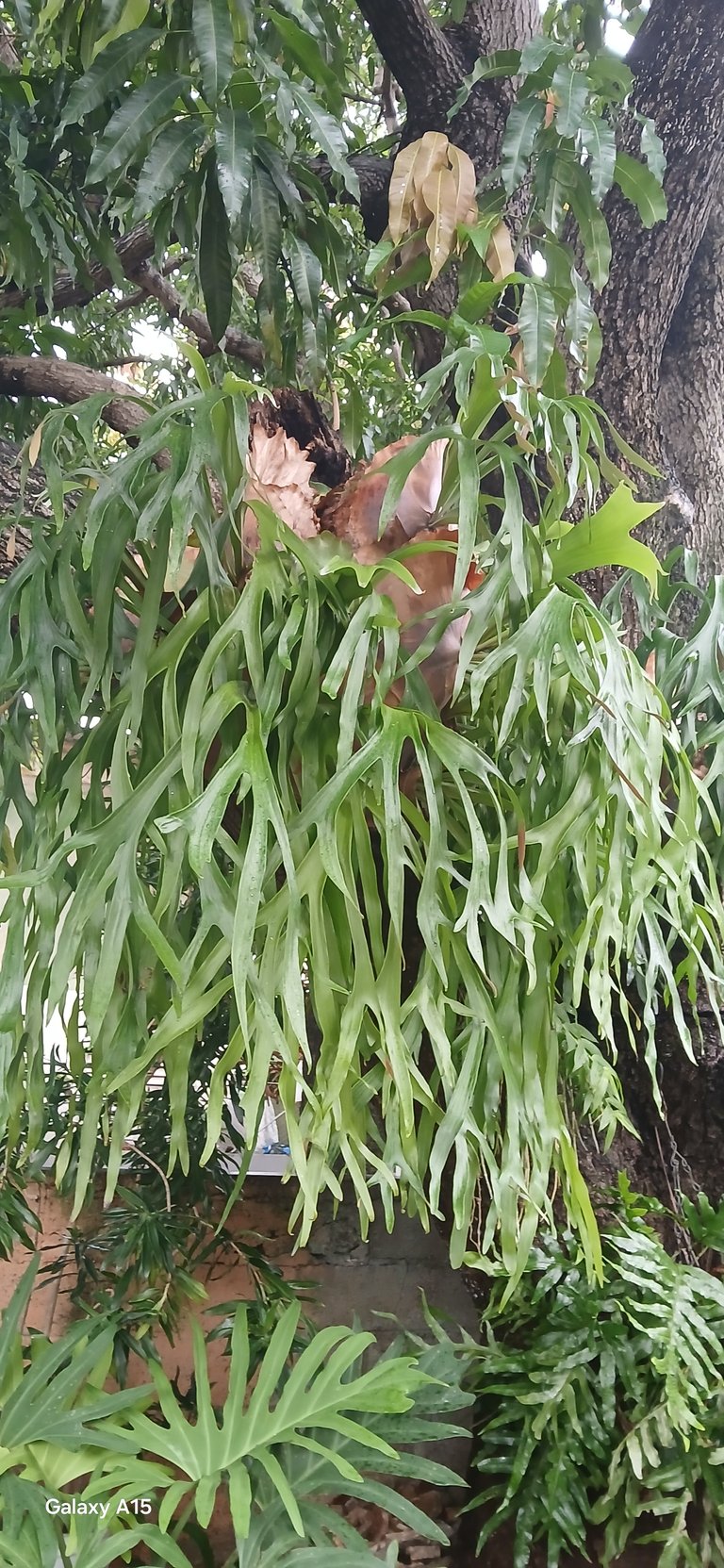Epiphytes


Epiphyte refers to any plant that grows on another plant or object using it only as a support, but does not nutritionally parasitize it. It is just a mechanical parasitosis, and the tree or object that supports it is a host for mechanical parasitosis.
Epiphytes are sometimes called "aerial plants" since they do not root in the ground, but rather in recesses in trees with some detritus or help themselves to attach to the host through roots that penetrate into the recesses of the trees and cement themselves to them. . They are called "hemiepiphytes" if they only begin their life in this way, then rooting in the soil (or if they begin their life in the soil and are subsequently exclusively epiphytic, when the connection with it is cut off). Without adjectives it is presumed that it does not refer to parasitic plants, which penetrate with their roots into the host depending nutritionally on it, but parasitic and semiparasitic plants can be called "epiphytic parasites" in relation to the fact that they associate with the host in the sector of the stem, unlike the "epirrhizal parasites" that are associated with its root. Epiphytes and hemiepiphytes are not the only "mechanical parasites" of trees, so are climbing plants, both guiding and hemi-climbing or supporting. There are many species of algae, including marine ones, which are epiphytes on other aquatic species (marine or aquatic). angiosperms).

Epiphytes are photosynthetic and have aerial roots (above ground level, in contact with the air) and obtain moisture from the air or from rain that runs off their roots. Many epiphytic orchids and araceae have a type of specialized root called velamen. They may also have other specialized structures, such as scales, or the rosette leaves of bromeliads, which collect and hold rainwater.
The most obvious advantage over terrestrial herbs is that they receive more light in the shady forest ecosystems and are kept away from terrestrial herbivores.
The best-known epiphytes include mosses, lichens, orchids, ferns, bromeliads (such as (Tillandsia and pineapple), araceae, echeverias and epiphytic cacti (such as the genera Rhipsalis and Epiphyllum), although they can be found in all major groups of the plant kingdom. They are most abundant in humid tropical forests and temperate rainforests, but both lichens and mosses are found in any environment with trees.

Congratulations @jose9611! You have completed the following achievement on the Hive blockchain And have been rewarded with New badge(s)
Your next target is to reach 700 upvotes.
Your next target is to reach 100 replies.
You can view your badges on your board and compare yourself to others in the Ranking
If you no longer want to receive notifications, reply to this comment with the word
STOPCheck out our last posts: